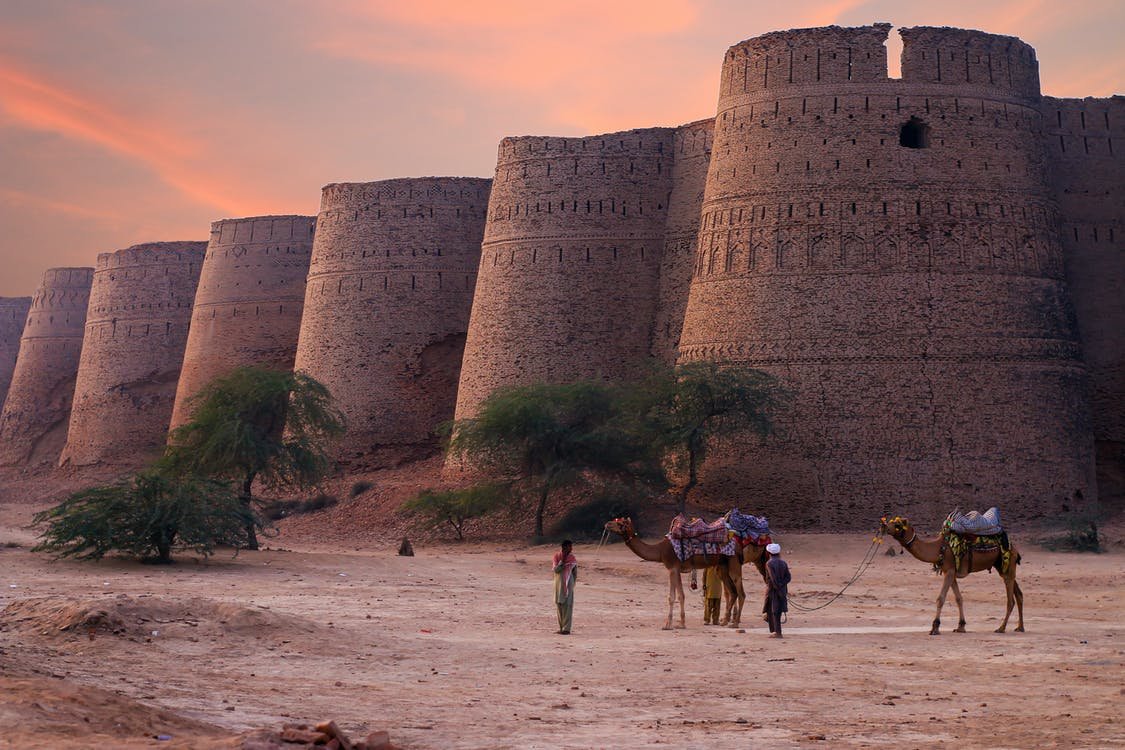They also act as palpable reminders of the strategic significance and architectural genius of the building. Every fortress, spanning different eras and places, represents a distinct story that skillfully combines legends of bravery, diplomacy, and cross-cultural interaction. We go across time as we explore the “List of Historical Forts in Pakistan,” passing through periods characterized by changing rulers and empires.
With a long and varied past, Pakistan is home to several magnificent forts that serve as quiet reminders of ages of civilization and conquest. These strongholds, which mark the transition from the ancient to the medieval eras, provide an engrossing look into the turbulent past of the area.
List of Historical Forts in Pakistan
- Bala Hissar Fort
- Red Fort
- Lahore Fort
- Shigar Fort
- Rohtas Fort
Take a look at the history, architecture, interior as well as ticket prices and timing of these ancient forts in Pakistan.
Bala Hissar Fort
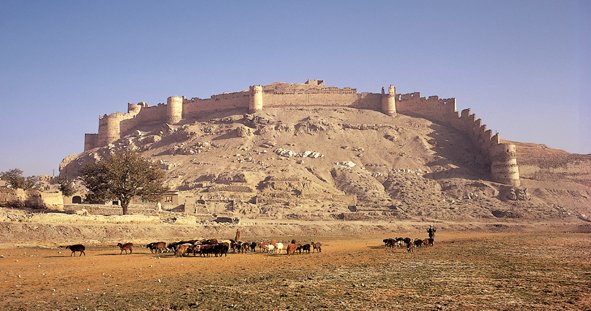
The Bala Hissar Fort is a historic fortress located in Kabul, the capital city of Afghanistan. Its name, “Bala Hissar,” which aptly describes its elevated position overlooking the city.
History of Bala Hissar Fort
The Durrani Empire, founded in the eighteenth century by Ahmad Shah Durrani, is where Bala Hissar got its start. The castle protected Kabul and the neighboring areas as a tactical military stronghold. It experienced numerous expansions and alterations throughout the years under many rulers, including the British during their 19th-century conquest of Afghanistan.
Bala Hissar’s stormy history is reflected in the number of conflicts and sieges it has experienced. It was essential in keeping out foreign invasions and shielding the city from outside dangers. The stronghold was placed in a strategic location to guard important trade routes and offer a defensive and observation point.
Bala Hissar has seen phases of neglect, devastation, and restoration over the course of its lengthy existence. Time has worn it down, as has the passage of wars and earthquakes. But in recognition of this ancient landmark’s cultural and historical significance to the Afghan people, attempts have been made to conserve and repair it.
For the people of Kabul, Bala Hissar still stands for resiliency and strength in the present era. Its military value has declined, but it is still a significant historical and cultural site that draws interest from both residents and tourists. Parts of the fortress are accessible to the public today, providing a reminder of Afghanistan’s rich and varied past while letting visitors explore its historic courtyards, towers, and walls.
Red Fort
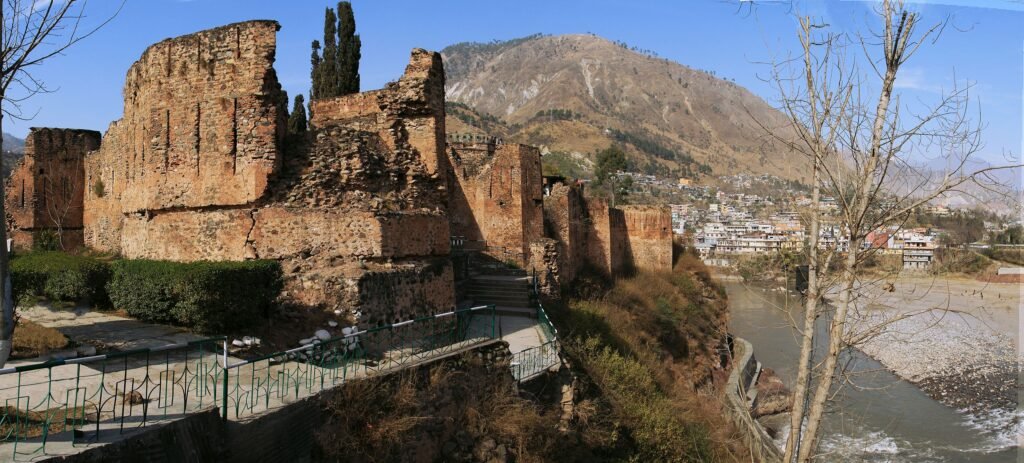
The Red Fort, a magnificent representation of history and culture, is located in the center of Pakistan. Constructed several centuries back, it remains a proof of the mastery of architecture possessed by its designers. First of all, the fort’s towering walls made of red sandstone that have weathered the test of time captivate tourists.
History of Red Fort
The fort was originally built by Emperor Akbar in the sixteenth century, and its strategic location was intended to proclaim Mughal supremacy over the surrounding area. Typical of Mughal architecture, its scarlet walls were meant to intimidate and awe.
Its attractiveness was increased over time as new adornments were added by succeeding emperors. The fort had a major transformation during Shah Jahan’s rule, with elaborate marble work and elaborate decoration decorating its structures.
The fort lost relevance as centuries went by and political environments changed. The significance of the Red Fort changed when Pakistan gained independence in 1947. It evolved to symbolize the nation’s independence movement and tenacity as well as sovereignty.
Its walls held witness to crucial periods in Pakistan’s history and echoed the cries of independence fighters. The Red Fort now serves as a symbol of pride in the country, drawing tourists from all over.
Lahore Fort
The Lahore Fort is a magnificent historical site. Located in the heart of Lahore, Pakistan. Firstly, it stands as a symbol of grandeur, having been constructed during the Mughal era.
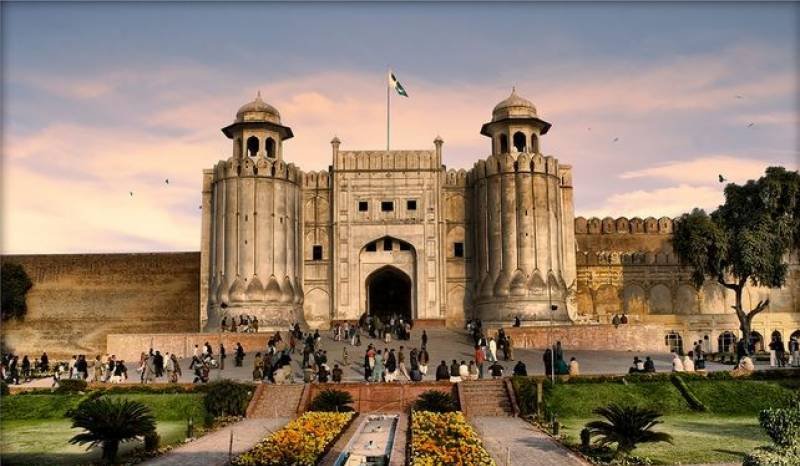
History of Lahore Fort
The fort has a striking architectural layout that combines Hindu, Persian, and Mughal elements. A number of Mughal monarchs, including monarchs Akbar, Jahangir, and Shah Jahan, also called it their imperial home. In addition, the Lahore Fort has seen important historical occurrences including battles and conquests, which adds to its rich past.
Moreover, over the ages, it has had numerous additions and reconstructions, each of which has left its stamp on the building. As a result, guests can experience many architectural eras and styles within the fort’s grounds. The Lahore Fort is also embellished with elaborate marble and fresco work, which showcases the creative prowess of the era.
Shigar Fort
Nestled amidst the majestic landscapes of Pakistan, Shigar Fort stands as a testament to the region’s rich cultural heritage. Initially constructed centuries ago, the forts in Pakistan has undergone various transformations over time.
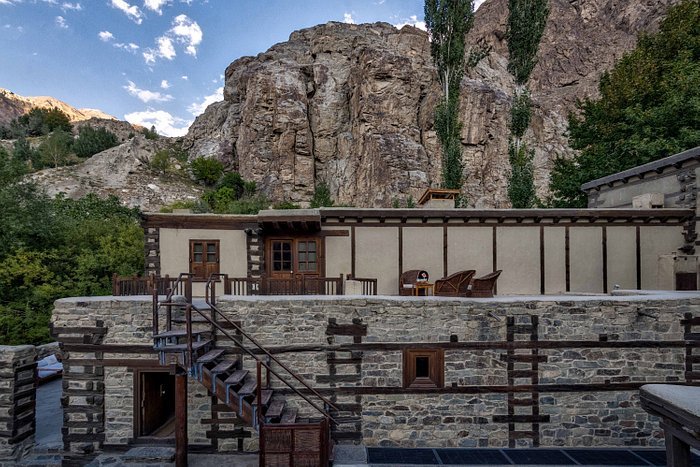
History of Shigar Fort
At first, it protected the ancient monarchy from outside assaults by acting as a defensive fortress. The fort experienced modifications over the ages, turning it into a representation of both architectural mastery and cultural importance.
It also developed as a center for trade and business, promoting interactions between nearby areas. In addition, the fort saw both prosperous and turbulent times throughout history. The fort held strong through the ages, bearing quiet witness to the shifting course of human history.
It is now a well-liked tourist attraction that draws people from all over the world. In addition, the fort furnishes a window into the past, giving guests a chance to explore the intricate history of the area.
Rohtas Fort
Rohtas Fort, located in the Punjab province of Pakistan, stands as a testament to architectural marvels and historical significance. Initially constructed in the 16th century by the Afghan king, Sher Shah Suri, its purpose was strategic, serving as a stronghold against potential invaders.

History of Rohtas Fort
Furthermore, Rohtas Fort is home to a rich cultural legacy in addition to being a defensive construction. For example, there are several palaces, mosques, and other buildings inside its boundaries, each with a unique tale to tell. Furthermore, the region’s varied cultural landscape is reflected in the fusion of architectural forms that combine Afghan, Persian, and Hindu elements.
In addition, the fort has seen a great deal of historical activity take place inside its walls. It has functioned as a royal stronghold, a haven for kings, and a sign of defiance against foreign hegemony throughout the ages. As such, it is of great historical significance in Pakistani history.
Rohtas Fort’s majesty and mystery never cease to enthrall tourists. Travelers swarm to see its massive gates, beautiful carvings, and expansive design. In fact, seeing Rohtas Fort is like traveling back in time and experiencing the opulence of bygone times.
